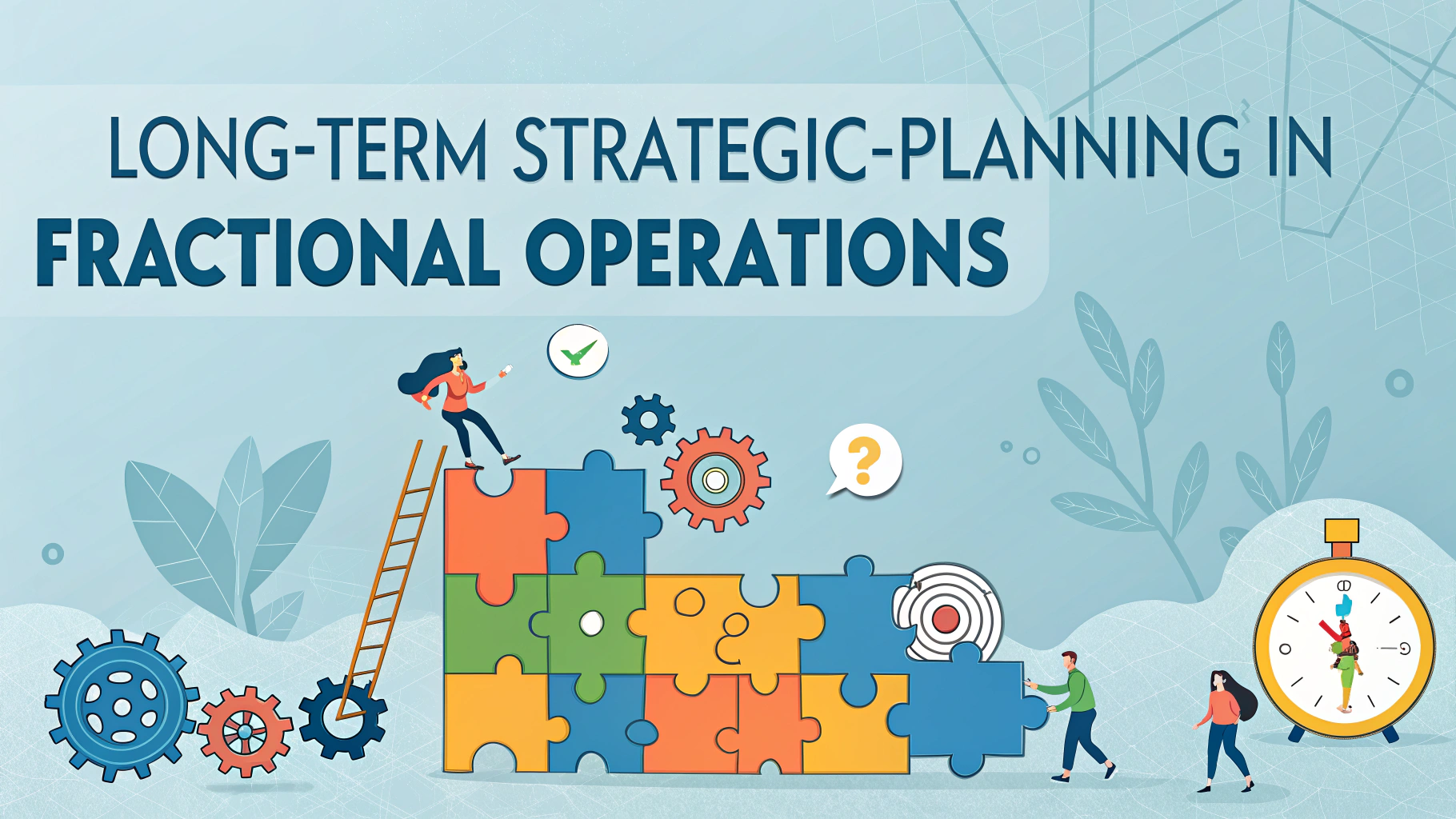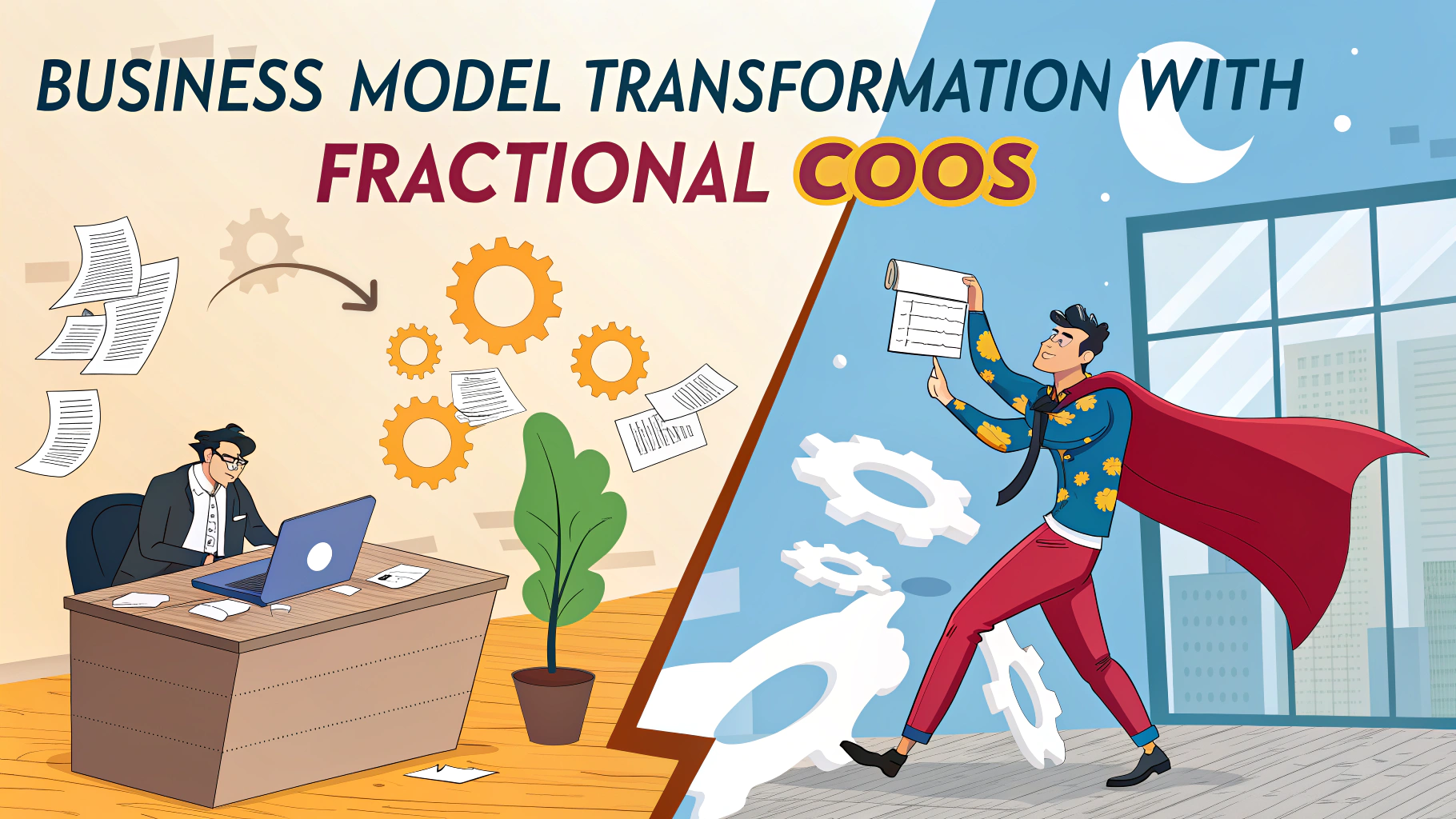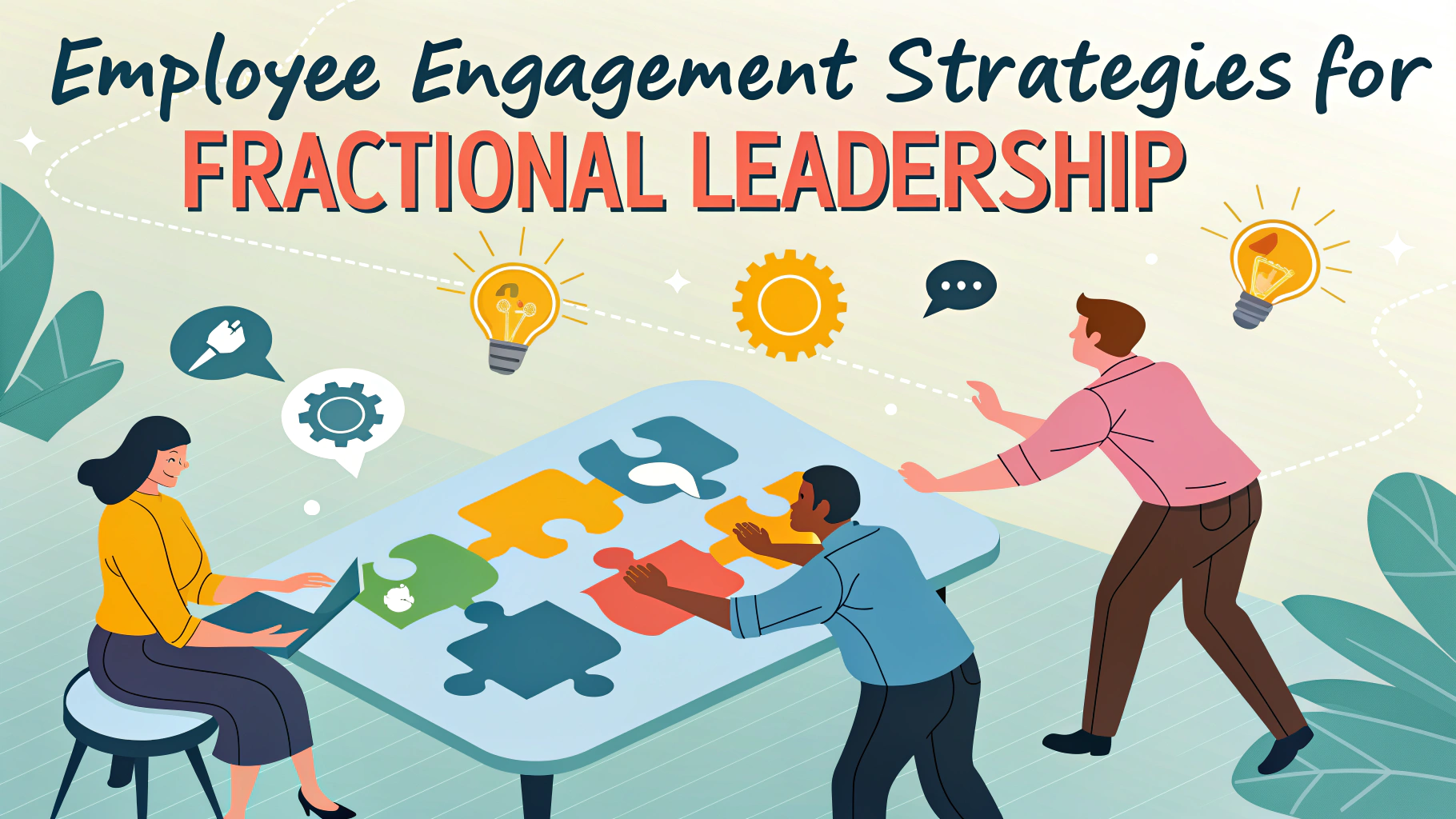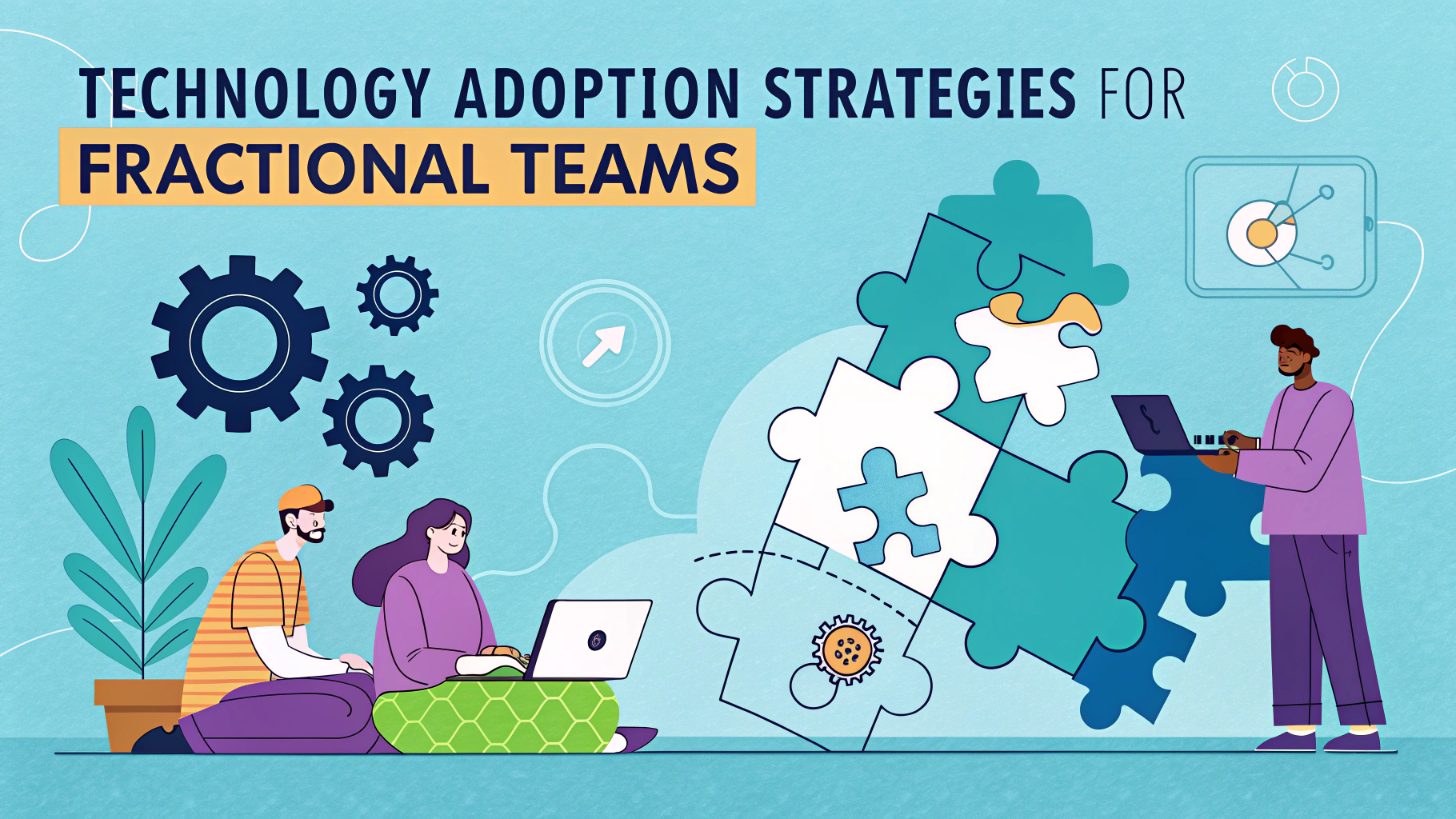Chief Strategy Officers (CSOs) and Chief Operating Officers (COOs) typically fall within the age range of 45-60 years old, with the average being approximately 52 years.
This age range reflects the extensive experience required for these high-level executive positions, typically demanding 15-20 years of progressive leadership experience.
The path to these C-suite positions often involves advanced degrees, diverse industry experience, and proven success in operational or strategic roles.
Age Distribution Breakdown
- 40-45 years: 15% of CSOs/COOs
- 46-50 years: 30% of CSOs/COOs
- 51-55 years: 35% of CSOs/COOs
- 56-60 years: 15% of CSOs/COOs
- 60+ years: 5% of CSOs/COOs
Factors Influencing Age at Appointment
- Industry Type: Tech companies often have younger executives
- Company Size: Larger organizations typically prefer more experienced executives
- Education Level: MBA or advanced degree requirements can impact appointment age
- Career Path: Previous roles and progression speed affect timing
Required Experience by Position
| Position | Typical Years of Experience | Common Previous Roles |
|---|---|---|
| CSO | 15-20 years | Director of Strategy, Management Consultant |
| COO | 20-25 years | VP Operations, General Manager |
Career Development Tips
- Start in operational or strategic roles by age 30
- Gain cross-functional experience in multiple departments
- Pursue relevant certifications and advanced degrees early
- Build a strong network within your industry
- Seek mentorship from experienced executives
Industry Variations
Technology companies often have CSOs/COOs in their early 40s, while traditional industries like manufacturing or finance tend to appoint executives in their mid-50s.
Startups and scale-ups might appoint younger executives, sometimes in their late 30s, focusing more on ability and innovation than years of experience.
Building Your Path Forward
Focus on gaining relevant experience and skills rather than rushing to meet age-based milestones, as success in these roles depends more on capability than age.
Consider working with executive recruitment firms specializing in C-suite placements to understand current market requirements and opportunities.
Network with industry associations such as the National Association of Corporate Directors (NACD) or attend executive leadership programs at top business schools.
Global Perspectives
Age expectations for CSO/COO roles vary significantly across different regions:
- North America: Average age 50-55
- Europe: Average age 48-53
- Asia Pacific: Average age 45-50
- Middle East: Average age 52-57
Impact of Digital Transformation
The digital era is influencing executive appointment trends:
- Increased demand for digital-savvy leaders
- Younger executives with strong technology backgrounds
- Hybrid roles combining traditional and digital expertise
- Focus on adaptability and innovation skills
Work-Life Integration
Common Challenges
- Extended working hours
- High-stress environment
- Global travel requirements
- Constant connectivity expectations
Balance Strategies
- Effective delegation
- Strong support systems
- Clear boundaries
- Regular wellness practices
Shaping Tomorrow’s Leadership
Success in CSO/COO roles increasingly depends on adaptability, continuous learning, and strategic thinking rather than age alone. Focus on building comprehensive experience, maintaining relevance in a rapidly evolving business landscape, and developing strong leadership capabilities regardless of career stage.
Organizations are evolving to value diverse perspectives and backgrounds, creating opportunities for qualified candidates across different age groups. The key lies in demonstrating the right mix of experience, innovation, and leadership abilities that align with contemporary business needs.
Stay focused on personal development, embrace technological advances, and maintain strong industry connections to position yourself effectively for these executive roles, regardless of your current career stage.
FAQs
- What is the typical age range for Chief Strategy Officers (CSOs) and Chief Operating Officers (COOs)?
The average age for CSOs and COOs typically falls between 45-55 years, with most having at least 15-20 years of professional experience. - What determines the age at which someone becomes a CSO or COO?
Experience level, industry expertise, leadership track record, and education rather than age are the primary determining factors. - Is there a minimum age requirement to become a CSO or COO?
There is no legal minimum age requirement, but most achieve these positions after accumulating substantial experience, typically in their early 40s at the earliest. - Are younger CSOs and COOs becoming more common in certain industries?
Yes, particularly in technology and startup companies, where CSOs and COOs can be in their late 30s to early 40s. - How does the age of CSOs and COOs vary by company size?
Larger, established companies tend to have older executives (50+), while smaller companies and startups often have younger CSOs and COOs. - What is the average age difference between CSOs/COOs and CEOs?
CSOs and COOs are typically within 5-10 years of the CEO’s age, often slightly younger. - Does the age of CSOs and COOs differ between regions and countries?
Yes, Western countries tend to have older executives, while emerging markets and Asian countries often have younger CSOs and COOs. - How has the average age of CSOs and COOs changed over the past decade?
The average age has decreased slightly over the past decade, particularly due to digital transformation and the rise of technology-focused roles. - What impact does industry experience have on the age of appointment to CSO/COO?
Most organizations require 15-20 years of industry experience, making early-to-mid 40s the typical minimum age for appointment. - Are there gender differences in the average age of CSOs and COOs?
Studies show female CSOs and COOs are often appointed at slightly older ages than their male counterparts, typically by 2-3 years.







